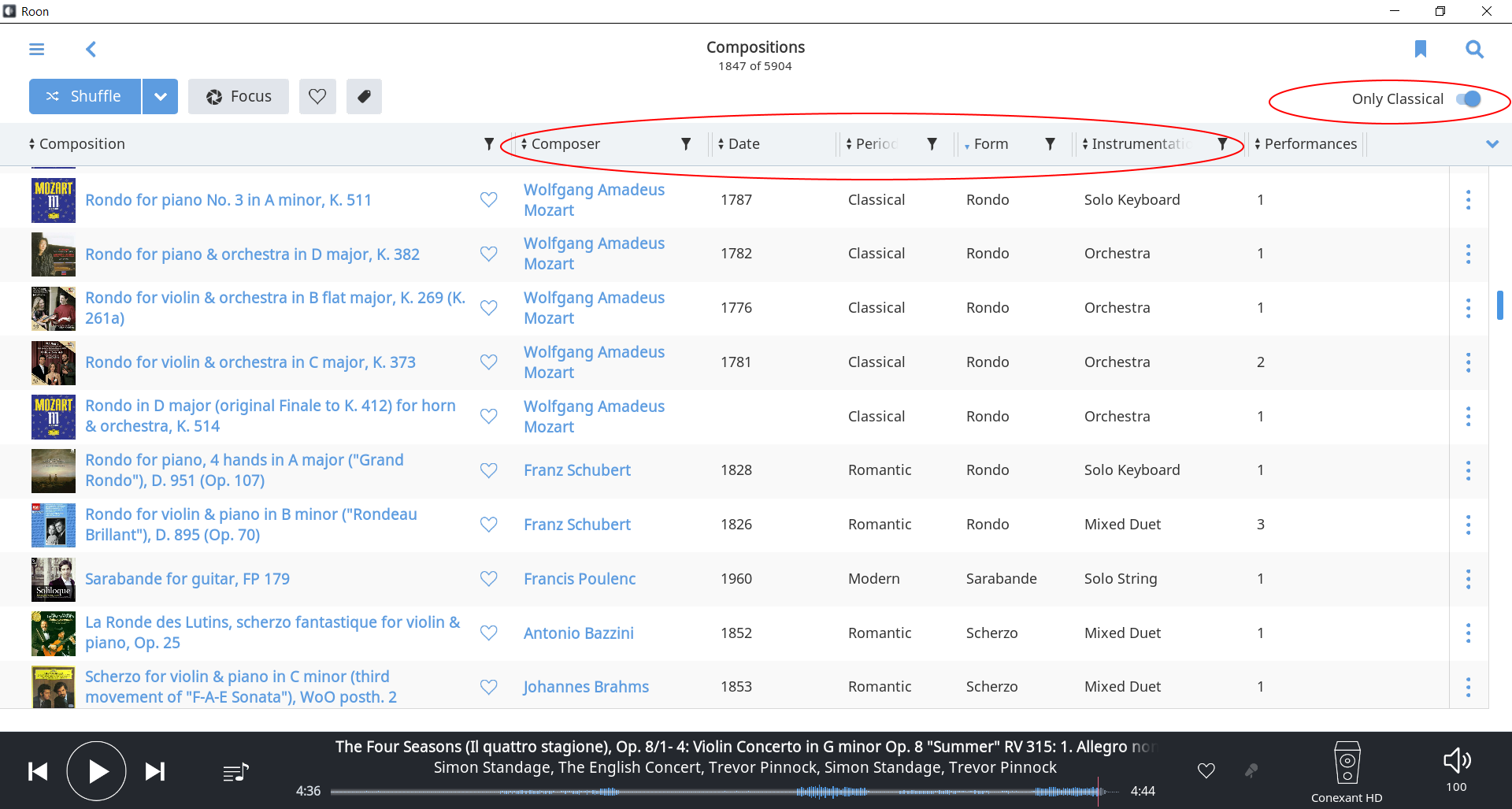

First, the values of the variables are the truth values true and false, usually denoted 1 and 0, whereas in elementary algebra the values of the variables are numbers. It differs from elementary algebra in two ways.
#Boolean search logic definition code#
For example, a semantic code line or model that states: “If A is 1 and B is 1, then add 1” can be reduced into a series of Boolean logical operators and values. In mathematics and mathematical logic, Boolean algebra is a branch of algebra. To put it another way, humans can use Boolean logic formats and operators to boil down the code they write into concepts that approach machine language. ' ' (quotation marks) Indicates exact multiple-word phrases. Boolean logic was developed by George Boole, an English. Boolean expressions use the operators AND, OR, XOR and NOT to compare values and return a true or false result. A Boolean value expresses a truth value (which can be either true or false). You can repeat and combine these elements. Boolean logic commands are accepted by most search engines and searchable data bases to help the researcher search more efficiently. Boolean refers to a system of logical thought that is used to create true/false statements. The use of Boolean logic can help bridge the semantical difference between machine language, which is simply a combination of ones and zeros, and syntactical code language, which includes elements of human written languages. A Boolean search is straightforward, combining keywords with operators to achieve the outcome. Boolean logic and elements like truth tables used to support logical outcomes also reveal the difference between how humans and how computers “think.”

Using the above elements, developers can construct logic gates that direct the flow of computing toward various results. Experts add the operators NAND and NOR, which combine one of these operators with a negative NOT operator. At its core, Boolean logic relies on some very basic operators, such as AND, OR and NOT.


 0 kommentar(er)
0 kommentar(er)
